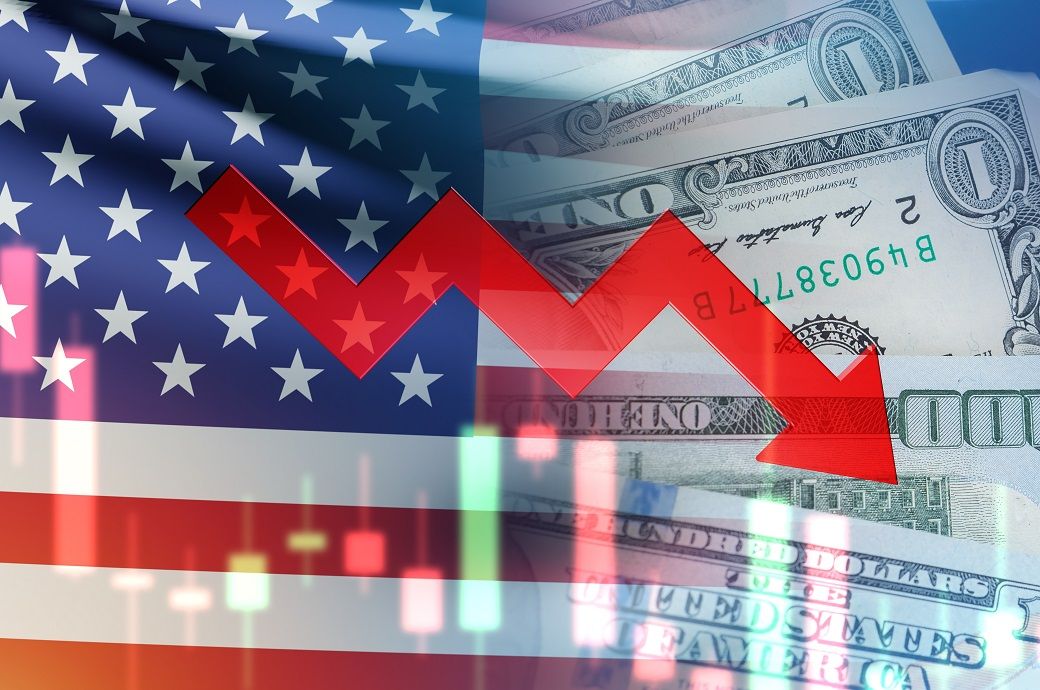
In 2023, retail sales in the US will grow between 4 per cent and 6 per cent over 2022 for a total of between $5.13 trillion and $5.23 trillion. That would be slower than 2022’s 7 per cent growth but still above the pre-pandemic average of 3.6 per cent, chief economist Jack Kleinhenz said in the April issue of NRF’s Monthly Economic Review.
“The broad economic environment in the US today is anything but normal,” said Kleinhenz, noting that unemployment is near historic lows and consumers have excess savings even though interest rates are increasing rapidly and both the banking and financial markets are unsettled. “In all my years of forecasting, it has never been so challenging to put together the pieces of the economic puzzle and connect them to where the economy is heading. And the disruption and uncertainty are likely to persist.”
“The year ahead will be a bumpy journey. Consumer confidence, especially with banks, needs to be maintained in order to sustain spending in these uncertain times. The wildcard is what the Fed will do with interest rates in the coming months,” added Kleinhenz.
The five percentage point increase in interest rates imposed by the Fed over the past year is one of the most rapid ever seen and has had an impact on inflation, but hasn’t slowed the economy as much as expected, Kleinhenz said. Housing, trade, and business investment have been affected, but “consumers have had uncanny staying power” supported by continued job and wage growth, a stockpile of savings built up during the pandemic, access to credit, and lower energy costs. Combined January-February retail sales grew 6.6 per cent year over year and the economy likely expanded during the first quarter despite higher borrowing costs.
Strong labour and economic activity are maintaining an upward pressure on inflation, but the numbers are falling. The Personal Consumption Expenditures (PCE) Index—the Fed’s preferred measure of inflation—was up 5 per cent year over year in February but that compared with 5.3 per cent in the previous two months and a peak of 7 per cent last June. Kleinhenz expects inflation will average between 3 per cent and 5 per cent during 2023.
With pandemic lockdowns long gone and consumers comfortable venturing outside the home again, inflation will be higher for services than for retail merchandise. The PCE index for goods declined from 4.7 per cent to 3.6 per cent in February.
“Even so, inflation is difficult to measure and more difficult to forecast. I don’t believe the full effect of tightening has shown up. Monetary policy works with long and variable legs, and it’s too early to know the true effect of interest rates on the base of the economy,” said Kleinhenz.
Fibre2Fashion News Desk (NB)